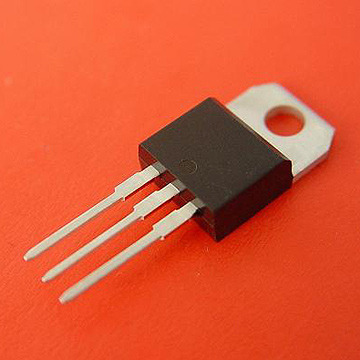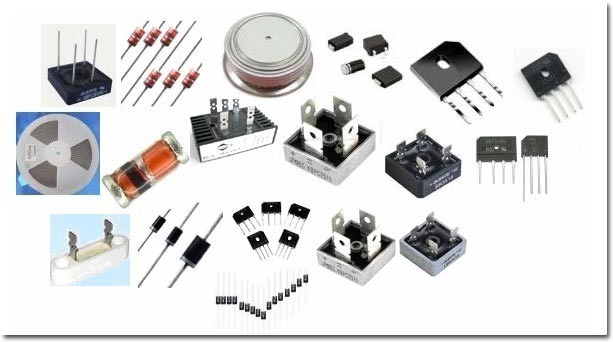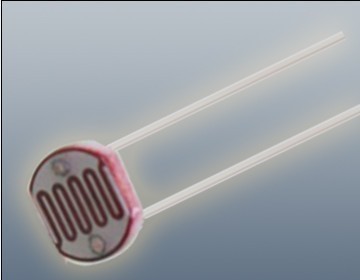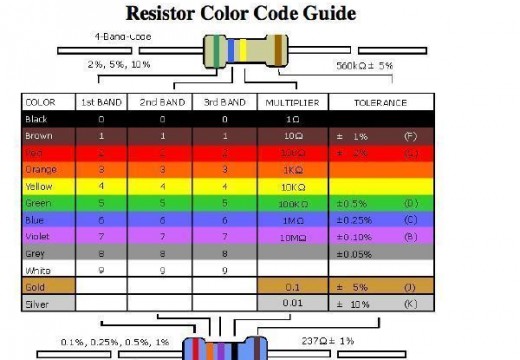A TRIAC is used in AC power control applications in order to switch high voltages over both parts of the AC waveform. As a result, TRIAC circuits are used in a number of applications that require power switching. The TRIAC was developed after the thyristor, which controls AC current over one half of the cycle. The TRIAC circuit can be visualized as two thyristors that are opposite, parallel, and have the two gates connected together with one device’s anode connected to another’s cathode. A common household device that uses the TRIAC circuit is a light dimmer.
TRIAC Composition
The basic TRIAC circuit has bi-directional properties. Similar to a thyristor, it has three terminals, one of them being a gate acting as a trigger to turn the device on. The other two terminals are referred to as Main Terminal 1 (MT1) and Main Terminal 2 (MT2), which have similar properties due to the circuit’s bi-directional nature.
How does a TRIAC Work?
A positive or negative voltage that is applied to a TRIAC’s gate electrode triggers it. Once the circuit is triggered, it will conduct electricity until the current drops below the designed threshold value. As a result, it permits the control of large power flows with very small control currents. TRIACs also control the percentage of current that flows through the circuit to the load, which is referred to as phase control. TRIACs normally have a DIAC included in the circuit when used as a control for electrical equipment, in order to dampen the level of harmonics that the circuit produces.
What are the Uses for a TRIAC?
TRIACs are used in a number of small AC power applications. Examples of these uses include dimmer switches, speed controls for electric fans, computerized control circuits of household appliances, and in electric motor controls.




Follow Us!